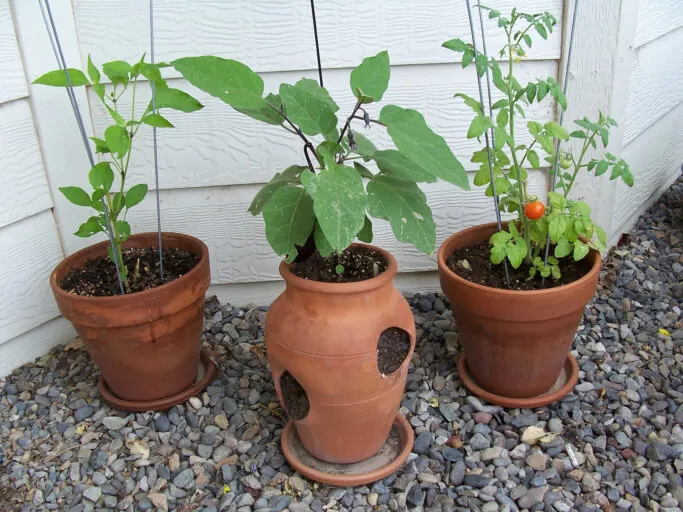Blog
Gardening in Arizona: Tips, Tricks and Resources
Even though the words ‘desert’ and ‘garden’ seem like oxymorons, the fact is that gardening in Arizona can be tremendously rewarding. All it takes is information and adaptability. The first is available from a number of reliable online resources like the publication Desert Botanical Garden, the blog Phoenix Gardening, and the University of Arizona’s manual Arizona Master Gardener. The second depends on one’s temperament.

There are many sayings about gardeners, and gardens, some of them pithy, some profound. Cicero, the Greek philosopher, said that “a man with a garden and a library had everything he needed in life.” I like this one, by an anonymous author, better:
“God made rainy days so gardeners could get the housework done.”
If you intend to become a desert gardener, you won’t need encouragement, but you may need restraint. The updated and much more specific U.S. Department of Agriculture’s interactive zone map (available as state maps) puts Arizona over all zones from 4a to 10a, with Phoenix in zones 9-10 and Yuma in 10a, with several anomalous sites in 10 b.
This area, located in the Sonoran Desert, is a low, or sub-tropical, desert ecosystem where the Saguaro cactus grows wild. Other plants may not grow at all, or very poorly. As Phoenix Gardening notes:
“When choosing plants you want to make sure that they will be able to grow here, just because the big box stores sell a plant doesn’t mean it will actually flower or give fruit here, even if you do buy them at a local nursery.”
You can, of course, visit neighboring gardens – or the Desert Botanical Garden, for expert advice, but don’t be automatically dissuaded from trying a plant either. Minute, even microscopic, changes in an area ecosystem can mean the difference between success and failure.
These changes, or differences, can range from soil type (rocky, sandy, loam) to soil pH (acid or alkaline), to plants already growing there. They can also include low winter or high summer temperatures, and the availability of water – a truly “wild” garden shouldn’t need human intervention. Read extensively from the above-mentioned resources before you start, and be prepared to expend extra time and effort if you want to try growing an “exotic”.
The nice thing about the desert? Some plants listed as annuals may, if cared for, continue to grow and bloom for several years or more. Some vegetables also have double growing seasons, if you sow early and cover them against frost. And the best part? Raised beds are the most practical way to grow small fruits, vegetables, and flowers in the desert, which means your back won’t make you cringe, even if the amount of time you’re spending does.
When it comes to growing those most beautiful examples of floriculture, or the cultivation of flowers, remember that roses thrive in the hot sun and dry air of the desert. All it takes is a little forethought and careful selection. A few do’s and don’ts include:
- Water the soil, not the plant
- Check for insects, mold, and mildew often
- Mulch deeply but prune carefully
If roses seem too time-consuming, choose a native plant garden, a cactus garden, a butterfly garden, even a hummingbird garden. You won’t have to wait for rain to dust your furniture!
Related articles
- Gardening is Good for Your Health (fillyourplate.org)
- What Kids Can Learn from Gardening (fillyourplate.org)
- 6 Tips for Getting Your Warm Weather Garden Growing (fillyourplate.org)
















